Industrial Production Snaps Back From January’s Winter Weather Slump
Factory output is down from a year ago but mining—including oil and gas drilling—is up.
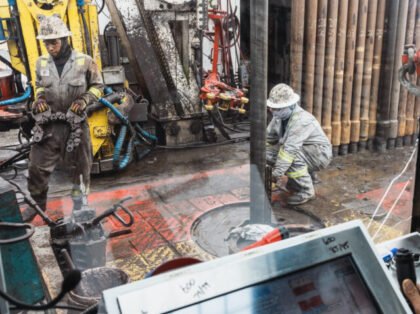
Factory output is down from a year ago but mining—including oil and gas drilling—is up.

Approximately 150 workers at the John Deere Des Moines Works in Ankeny, Iowa, will experience layoffs soon.
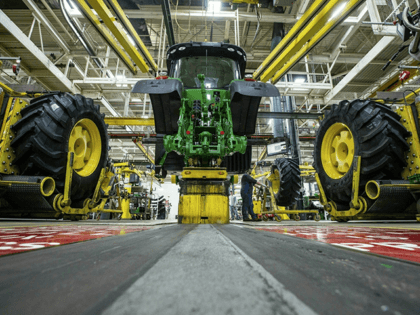
Author and screenwriter Michael McGruther, whose 2000 film “Tigerland” starring Colin Farell has become a cult hit in recent years, spotlights America’s “forgotten people” in his new book “The Tracks We Make,” a Rust Belt tale that offers equal parts heartbreak, sincerity, hope, wisdom, and nostalgia.

The manufacturing sector continued to contract in December, a closely watched economic barometer from the Institute for Supply Management indicated on Wednesday.
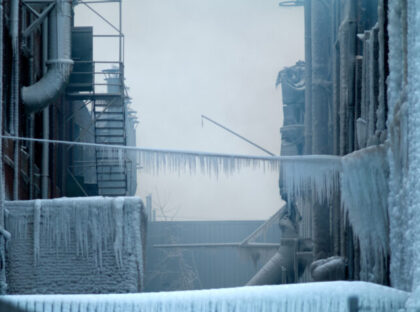
The Empire State manufacturing index has turned extremely volatile during the Bidenflation era.
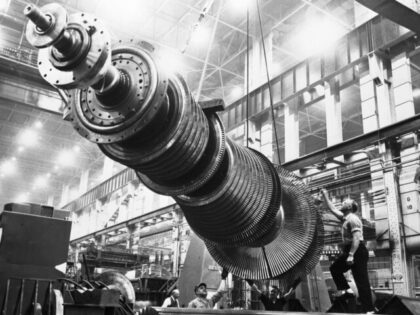
Durable goods orders soared thanks to purchases of civilian aircraft. But core capital goods orders were much weaker than expected.

The eighth straight month in negative territory.

A huge and unexpected surge in factory orders for New York manufacturers.

But unseasonably cold weather in March boosted utilities, raising overall industrial output.

Production increased even though perceptions of general business business conditions worsened and new orders fell.

Factory activity in the Lone Star state declined for the first time since May 2020.

Manufacturing is rolling over but this probably will not help much on the inflation front.

S&P Global’s survey indicates a second consecutive month of contraction.
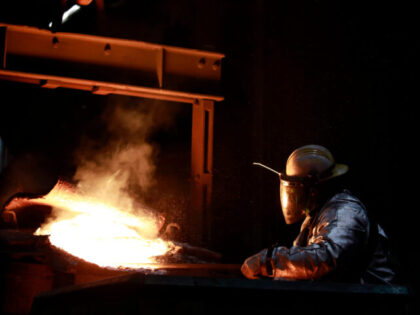
The manufacturing sector appears to be rolling over after several months of Fed hikes, global economic weakness, and U.S. consumers shifting spending to services.

“Weak economic outlooks are dragging on demand. The indicator last fell below 40 in the initial pandemic shock of 2020,” the Chicago ISM said.

Heavy industry experts have warned the European Commission that the EU faces the danger of “permanent deindustrialisation” should Brussels not act now to save the sector.
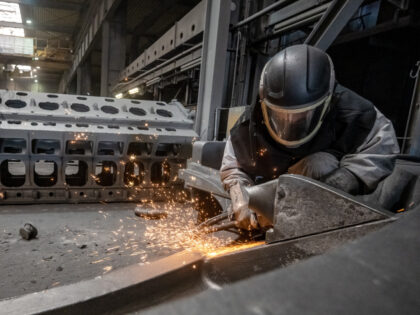
Up to 60 per cent of factories in the UK are now facing possible closure over a massive surge in their energy bills, a manufacturers’ body in the country has now claimed.
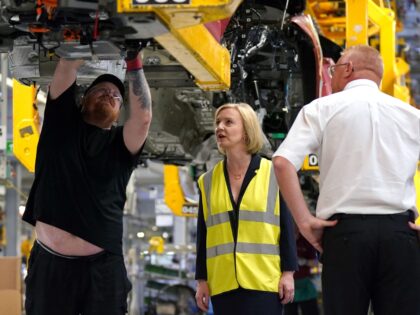
Dueling surveys paint different pictures of demand and production.
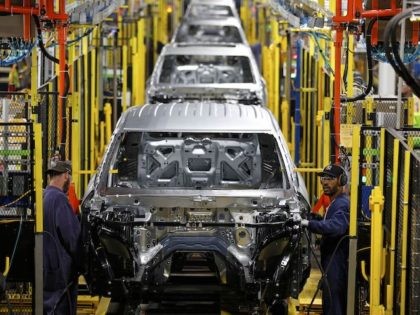
China’s summertime energy crisis intensified on Wednesday with news that factories in Sichuan province have been ordered to halt production for at least six days.
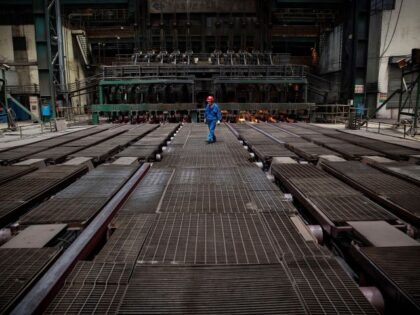
A big boost from automakers and fossil fuel production.

Outside of military spending, new orders rose by less than inflation, indicating a real contraction.

New orders and employment measures fell into contraction in June.

The latest signal of looming stagflation.
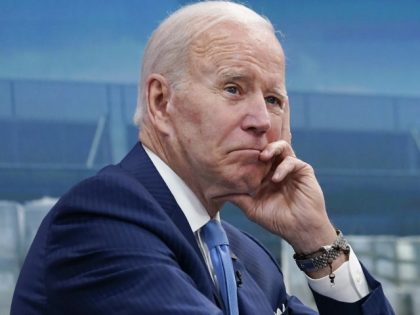
The New York Fed’s barometer of manufacturing sector activity in New York produced a negative reading for the second month in a row.

April’s orders for longer-lasting manufactured goods were below expectations. This may foreshadow an even deeper slowdown for U.S. factories that appears underway in May.
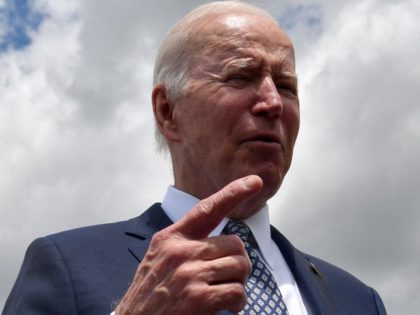
Toyota Motor Corp. will suspend the operation of 14 production lines across eight factories in Japan for nearly one week later this month as part of the Japanese automaker’s effort to cope with a microchip shortage caused by a month-plus Chinese coronavirus lockdown of Shanghai, China, Kyodo News reported Wednesday.
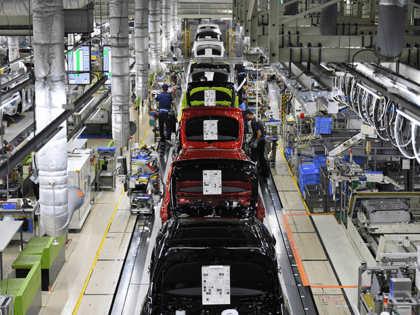
Shanghai on Saturday issued an edict allowing local factories to resume production — which had been halted in recent days due to a city-wide Chinese coronavirus lockdown — as long as “workers live on-site,” China’s state-run Global Times reported on Sunday.
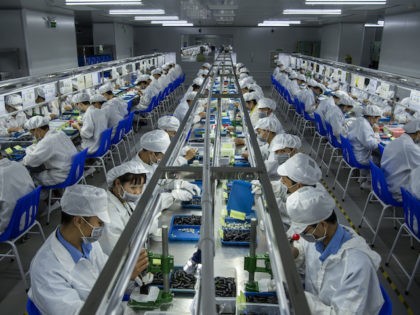
Cold weather boosted utilities output in January as demand for home heating climbed.
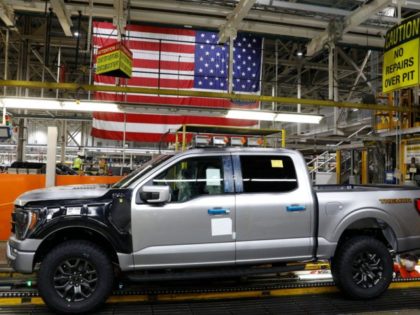
Inflationary pressures show no signs of letting up, raising the odds that the Federal Reserve may ratchet up interest rates even faster than anticipated. The Department of Labor’s Producer Price Index showed that prices rose one percent in January, twice

Inflation masked an even larger contraction in manufacturing at year-end.

Inflation, omicron-linked absenteeism, and weaker demand all hurt growth in the first month of 2022.

Supply constraints just got even worse, suggesting more inflation ahead.
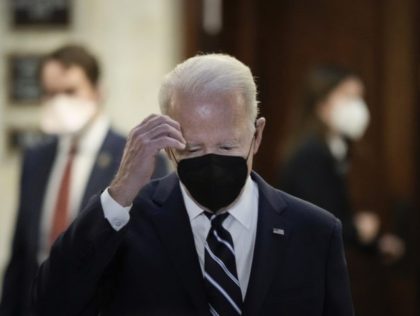
Supply chain constraints continue to weigh on manufacturing, the latest ISM PMI survey shows.
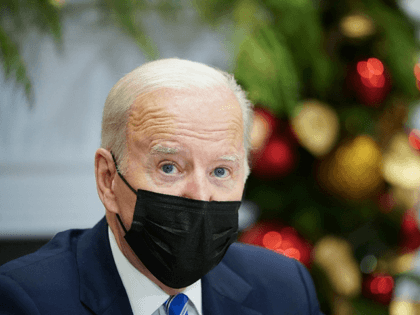
White House economists told America inflation would fade in the later months of 2021. Instead, prices are surging again.

Manufacturing and capacity utilization too unexpected downturns in September.

Orders for durable goods rose by less than prices of durable goods in August, suggesting there may have been an output contraction as supply-chain disruptions still stymie growth.
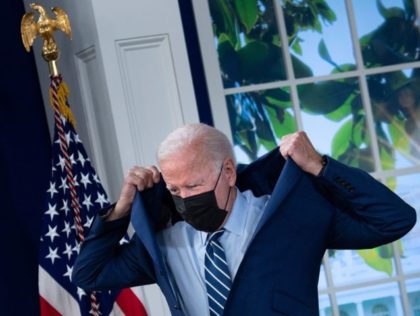
Texas manufacturing activity unexpectedly slowed significantly in August, data from the Federal Reserve Bank of Dallas showed Monday. The production index of the Dallas Fed’s Texas Manufacturing Outlook Survey plummeted to 20.8 in August from 31.0 in July. The index

Shortgages of chips dragged down production and capacity utilization in June, pointing to more pricing pressure in the months to come

Manufacturing output rose just 0.4 percent in April, compared with expectations for a 1.8 percent gain, the Federal Reserve said Friday.
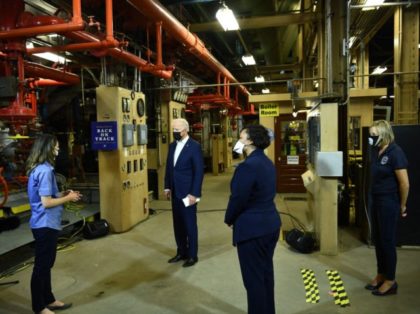
U.S. factory orders rose 1.1 percent in March, the Commerce Department said Tuesday. That was below the 1.3 percent increase expected by analysts but above the 0.8 percent contraction amid February’s harsh weather.
